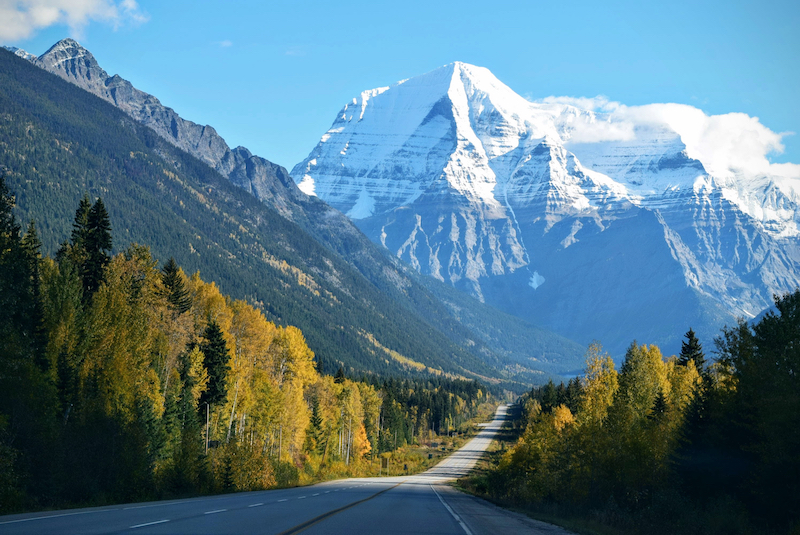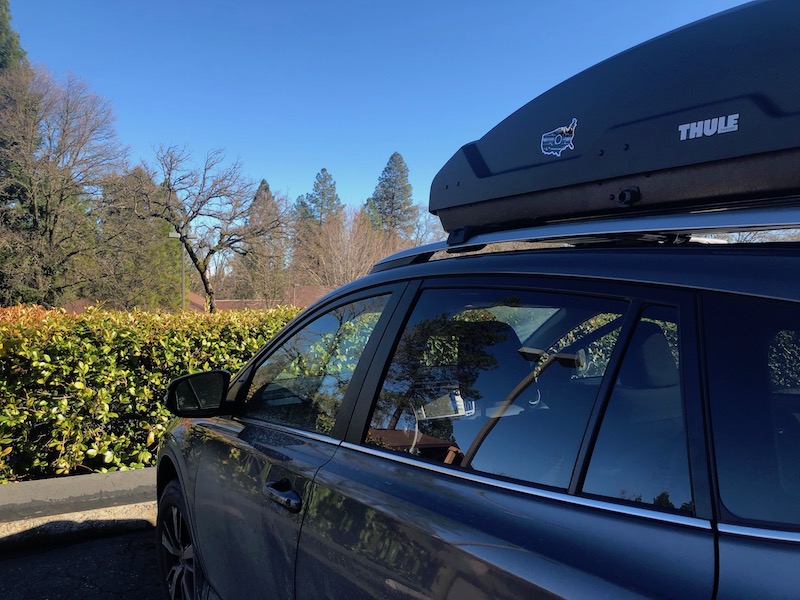We love road trips here at Pit Stops for Kids! But we know they’re daunting. After years of road tripping with kids, we’ve finally put together a comprehensive long-distance road trip guide:

Table of Contents
How to Prepare For Your Road Trip
Even if you want to be spontaneous and let the road be your guide, it’s important to decide before departure what type of trip you want to experience. Will you be camping each night, sleeping under the stars? If so, purchase forest service maps for the areas you’ll drive through so you know where you’re legally allowed to catch some Z’s. Do you want luxury digs near popular destinations in peak season? Best to plan a route and book hotels in advance. Want to find the kookiest roadside attractions? Scout the roads less traveled, and take your time.
Whichever type of road trip you envision, make sure to bring the essentials with you, such as bottled water, an emergency blanket, a spare tire, and a cell phone charger. While travelers can buy supplies en route, it’s best to be prepared and self-reliant. Consider investing in a roadside assistance plan before departure, keeping emergency numbers in your phone for easy access, and letting a friend or family member know your itinerary. Don’t rely solely on GPS mapping and cell service; keep paper maps in the car for reference.

Source: Fix.com Blog
Packing Your Car For Maximum Efficiency:
On a long road trip, packing and repacking your car can become quite tedious. Save yourself time (and some back-breaking work) by packing efficiently. Place sleeping gear in a lockable, weatherproof cargo box or bag on top of your car; sleeping bags take up much-needed space. Put overnight bags into the car first because you’ll be retrieving them only once a day. Place seasonal items you may need at pit stops close to the rear door. This way, you can quickly grab swimsuits, winter boots, recreational gear, and the like before getting outside to play. Use a canvas tote bag or small cargo box in the interior of your car to store things you’ll need on the go, like music, books, snacks, camera, and water.
Consider a rooftop cargo box:
We’ve tried multiple cargo boxes (both hardshell and softshell) on a variety of family cars, and can attest to the fact that while soft-sided storage bags are cheaper, they’re also less user-friendly and less secure. We most recently tried out Thule’s new Force XT, which comes in four sizes: sport, L, XL, and XXL (in a price range of $499 to $629). We put the L on our Toyota Rav 4, and after adjusting the range of our back hatch opening, it worked perfectly. It is wider than the previous Thule we used (find the exact specifications on the Thule site) and taller, so we can fit a combination of skis and snowboards in easily. In fact, on a recent ski trip, we fit five pairs of skis, a snowboard, and two boot bags! The Thule Force uses Thule’s PowerClick quick-mount system, which is easy to figure out, and the LockKnob can be manipulated even with ski gloves on. You get dual-side opening, so you can access your gear easily, and the key system is less clunky than on other cargo box brands we’ve tried. With a family of five, we rely on a cargo box to fit all our gear!

Make Sure Your Car is Trip-Ready:
Responsible owners always have a spare tire and keep their cars maintained, but a long trip requires extra precaution. Before you start, check your windshield wiper fluid, tire pressure, and headlight brightness. Get your oil checked if you think you’ll hit the mileage for your next change while on the road, and purchase an extra set of wipers so you don’t need to hunt for a pair in an emergency.
On that note, you may also want to keep replacement car seat covers, cat mats, and other accessories. This way, if things get messy, you don’t have to wait until you can find a place to clean your car before you can change to clean covers and mats.
Ensure that you have a flashlight, tire jack, and snow chains (if applicable) be-fore you depart. It doesn’t hurt to keep an extra pair of gloves and a blanket in the car at all times, as well. On a long-distance trip, you may experience all types of weather.
On The Road:
In addition to fun roadside attractions and iconic pit stops, you’ll need to stop when nature calls. Look for stops that perform double duty: travel-service plazas, where all amenities are in one place, or rest stops with welcome centers attached.
Ask locals for dining and attraction recommendations; no one knows the area better than those who live there! Seek out green spaces to ensure you get some exercise: hiking trails, state parks, playgrounds, and schools during the summer months all fit the bill. Consider picking up food at a grocery store or farmers market and eating picnic-style for a healthier, tastier alternative to fast food.
Finding The Best Pit Stops:
For those bucket-list-worthy stops, in addition to using Pit Stops for Kids, consult travel websites before your trip for ideas. State tourism boards are also a great resource. Make a list of national parks and historic sites along your route, and, if you plan to visit more than a handful of them, consider purchasing a national park annual pass to save time and money. Keep in mind that many urban sites, such as the Statue of Liberty or Independence Hall, are national park attractions.
Check apps like Yelp and Trekaroo (for families with young kids) for the best dining options using GPS. Ask locals for ideas, or crowd-source for tips on social media. Park in open, well-lit areas en route and at night, preferably where you can see your car from your restaurant table or hotel room.
![]()
Source: Fix.com Blog





